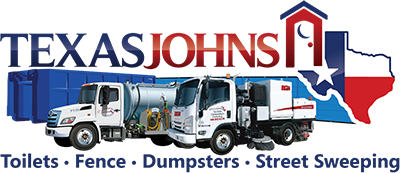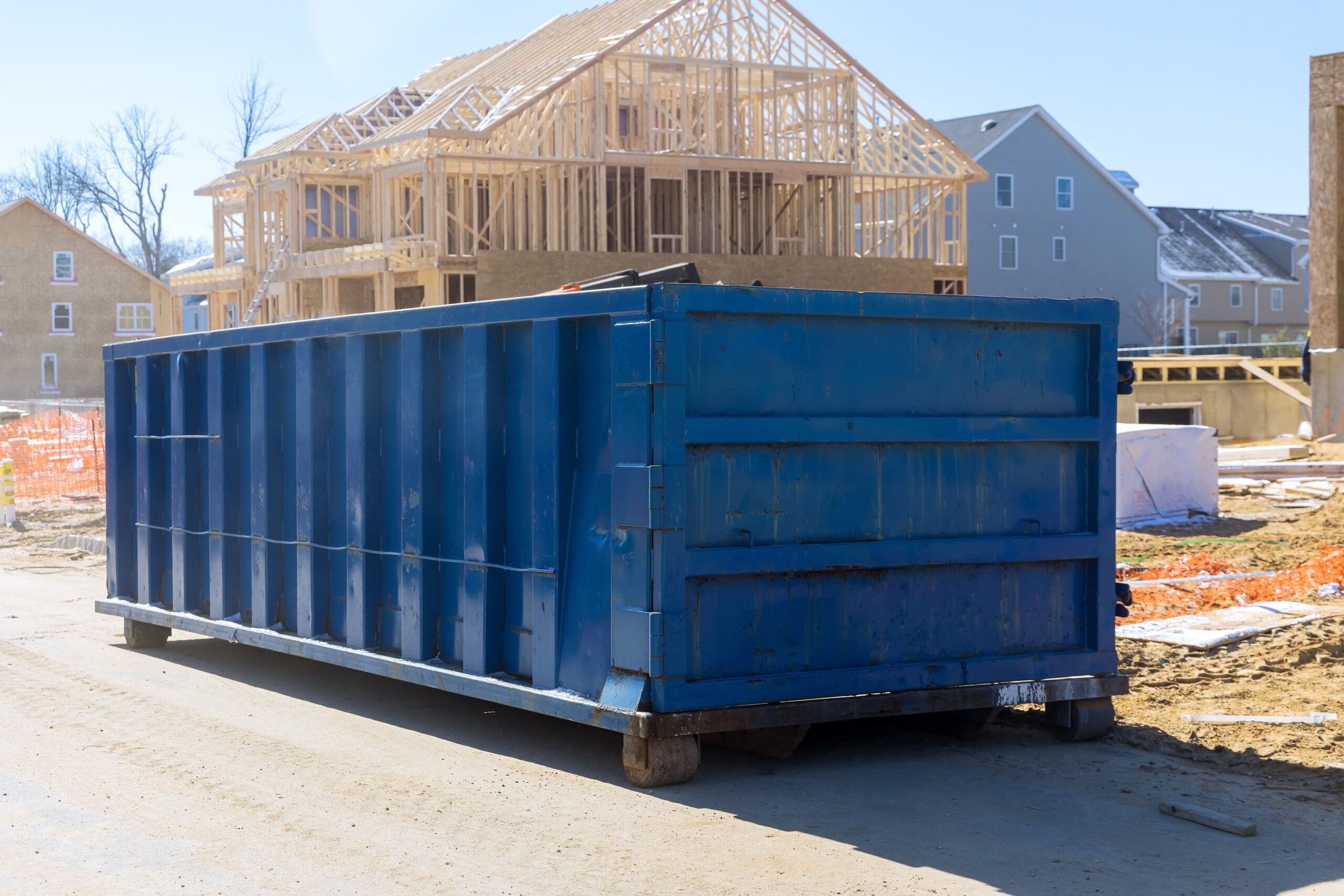Portable restrooms are most common at outdoor events, construction sites and recreational areas. These convenient facilities provide essential sanitation services, offering comfort and well-being to individuals in temporary or remote locations.
But behind the scenes, various offices and regulations are in place to maintain safety and compliance standards. One such regulatory body is the Occupational Safety and Health Administration (OSHA). Let’s explore some interesting facts about OSHA regulations, the way they impact how customers order porta-potties and why it’s crucial to be aware of these regulations when you do.
Understanding OSHA Regulations For Portable Restrooms
OSHA is the U.S. federal agency that enforces safety and health regulations in the workplace. While OSHA primarily focuses on employee safety, their regulations also have a significant impact on industries that provide services to these employees, and that includes portable restroom providers.
OSHA restroom and sanitation standards cover a range of portable restroom qualities including design, maintenance and hygiene practices.
Design
- Adequate Ventilation: Portable restrooms must provide sufficient ventilation to maintain a fresh environment; this may include ventilation vents or openings to promote airflow.
- Lighting: OSHA requires proper lighting to ensure visibility and prevent accidents or injuries. This may involve the installation of battery-powered or solar-powered lights around the bathroom’s premises.
- Accessibility: A certain percentage of portable restrooms must be accessible to individuals with disabilities and feature wider entrances, grab bars and ramps. The general rule of thumb is that for every 20 portable restrooms at an event, there should be one handicap-accessible restroom.
Maintenance
- Regular Cleaning and Sanitization: Portable restrooms must be cleaned and sanitized regularly. Service providers must establish cleaning schedules and disinfect to eliminate bacteria, viruses and other contaminants.
- Waste Removal: Proper waste management is crucial. OSHA guidelines specify that waste tanks be emptied in compliance with local health and environmental regulations.
- Structural Integrity: Any damages, leaks or malfunctions should be promptly repaired to ensure user safety.
Hygiene Practices
- Hand Washing Stations: OSHA regulations require hand washing stations with running water, soap, and a means for hand drying, like paper towels or hand dryers.
- Waste Containment: Guidelines require leak-proof waste holding tanks and secure closures to minimize the risk of contamination.
- Pest Control: Providers must implement strategies to prevent infestations by insects, rodents or other pests that could compromise hygiene and/or user comfort.
Compliance with Sanitation Standards
OSHA regulations say portable restrooms meet specific sanitary requirements, which assure clean and hygienic facilities. Adequate ventilation, lighting and cleanliness are crucial factors to consider when ordering portable restrooms. Be sure your provider complies with OSHA sanitation standards, like Texas Johns, for a safe and healthy comfort environment.
Fall Protection Measures
Restrooms might be required in elevated locations, like construction sites or some outdoor events. OSHA regulations say when portable restrooms are elevated, appropriate fall protection measures must also be in place. This includes securing the units to prevent tipping or falling, as well as providing safe access and exit for users.
Accessibility for Individuals with Disabilities
Another significant aspect of OSHA regulations relates to accessibility for individuals with disabilities as defined by the Americans with Disabilities Act (ADA). Portable restrooms should accommodate individuals with physical disabilities, ensuring equal access to sanitary facilities.
OSHA standards require a certain percentage of portable restrooms to be wheelchair accessible. This means appropriate ramps, grab bars and sufficient space inside to maneuver. Consider the needs of all potential users, including those with disabilities, and work with your providers to get ADA-compliant units.
Training and Safety Measures
OSHA emphasizes the importance of training and safety measures in the industry. Service providers must train their staff on safe handling, cleaning procedures and proper disposal. Partnering with OSHA-compliant portable restroom providers assures you that trained professionals are maintaining the units and implementing necessary safety protocols.
Texas Johns Knows Safety
With Texas Johns as your portable restroom provider, you can rest assured our units are designed with meticulous attention to detail. From proper ventilation to well-lit interiors, every aspect of our design is tailored to provide a pleasant and secure experience.
Partnering with a reputable and OSHA-compliant portable restroom provider like Texas Johns means you can be sure of the highest standards of safety, hygiene and comfort for all your guests. Texas Johns understands the importance of OSHA’s regulations and goes above and beyond to exceed them. Contact us today!






